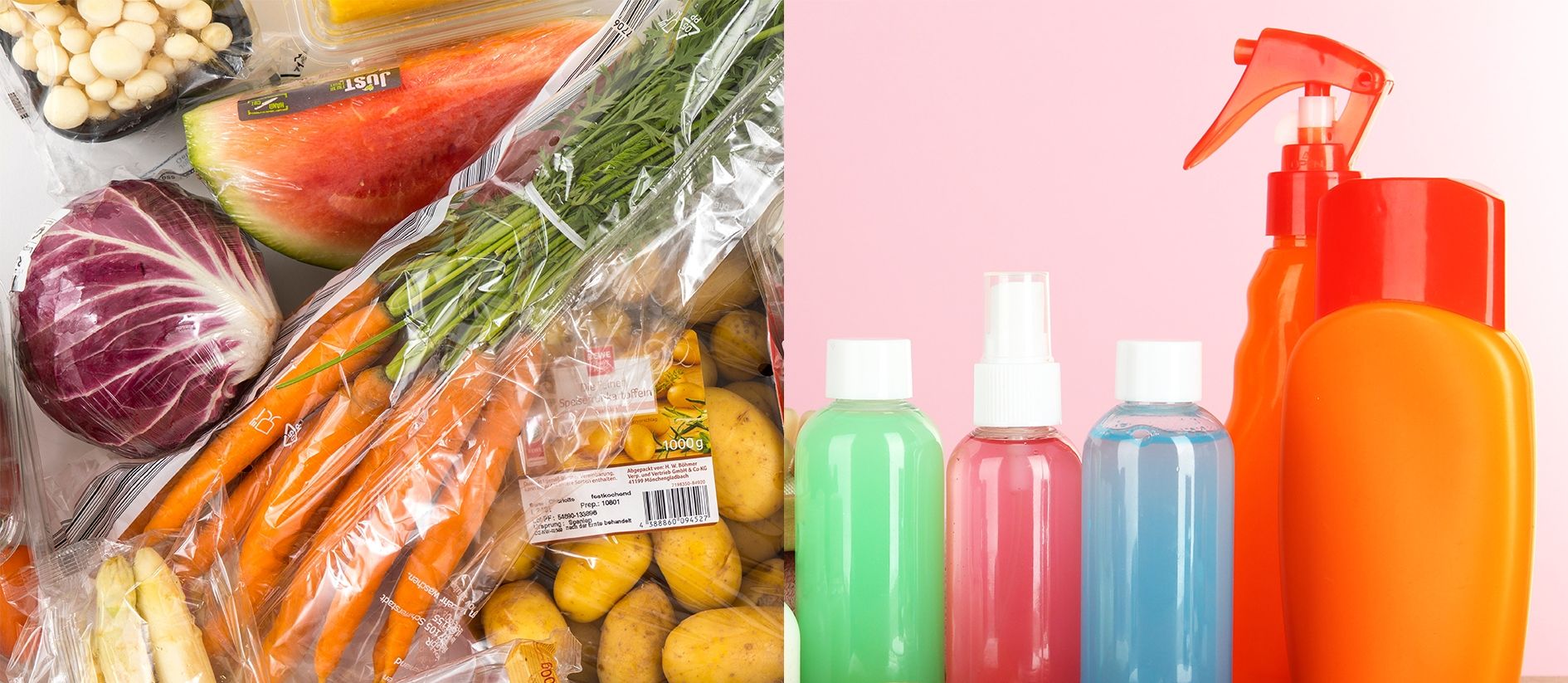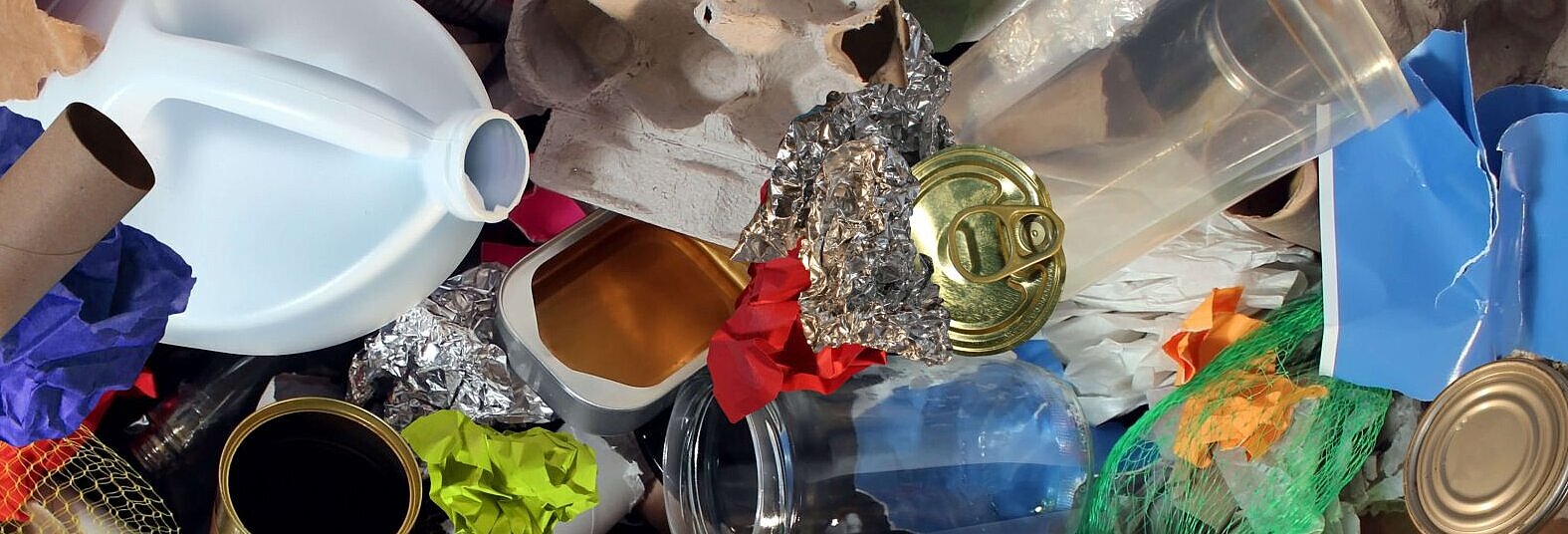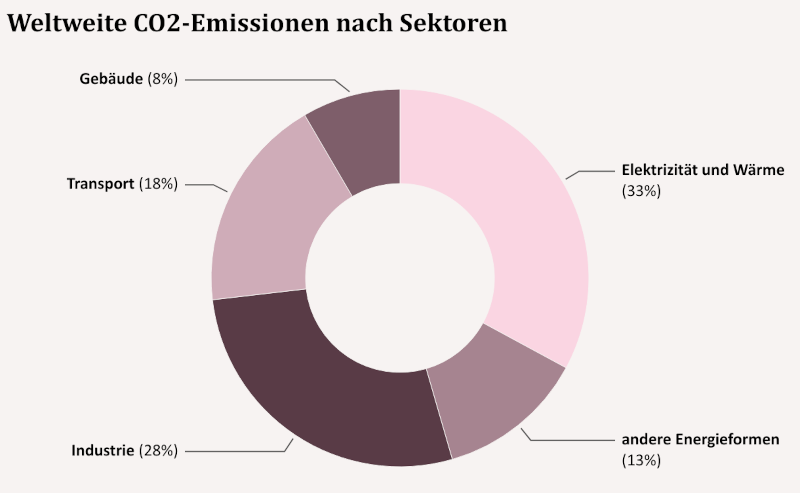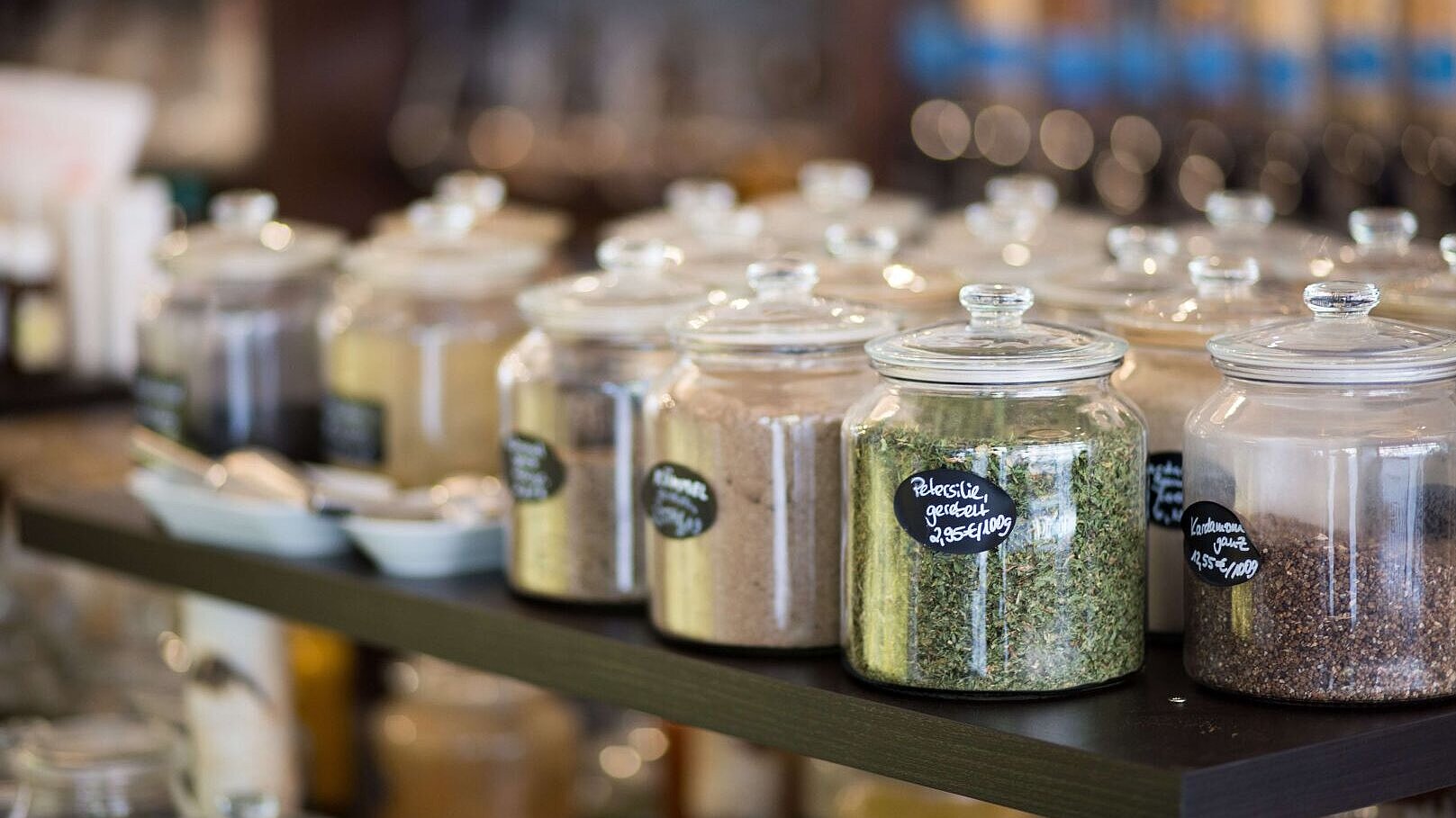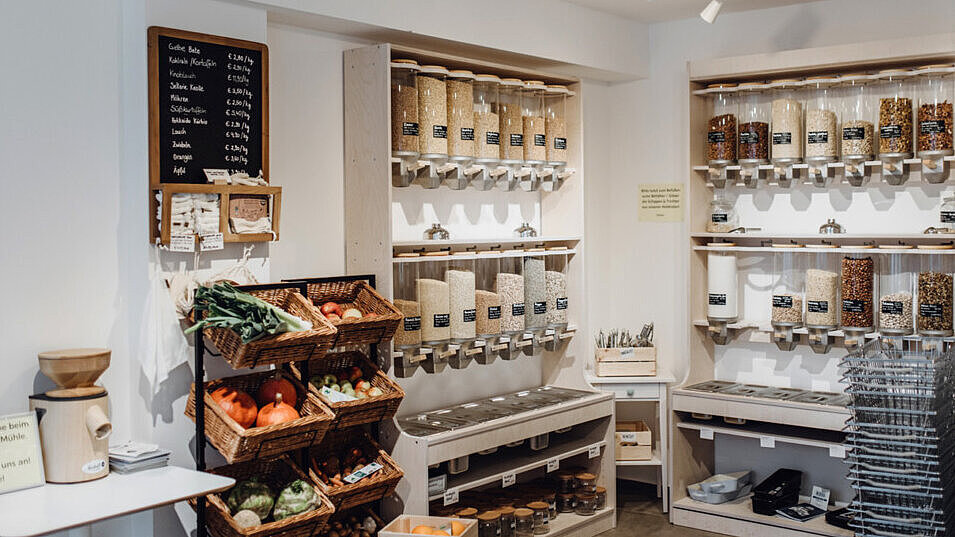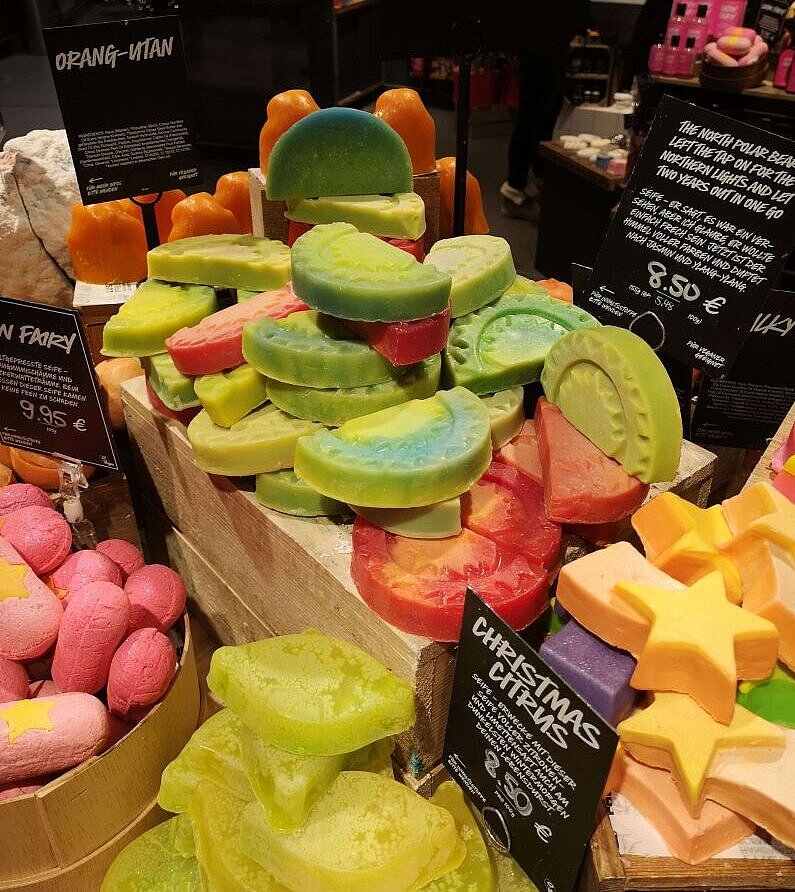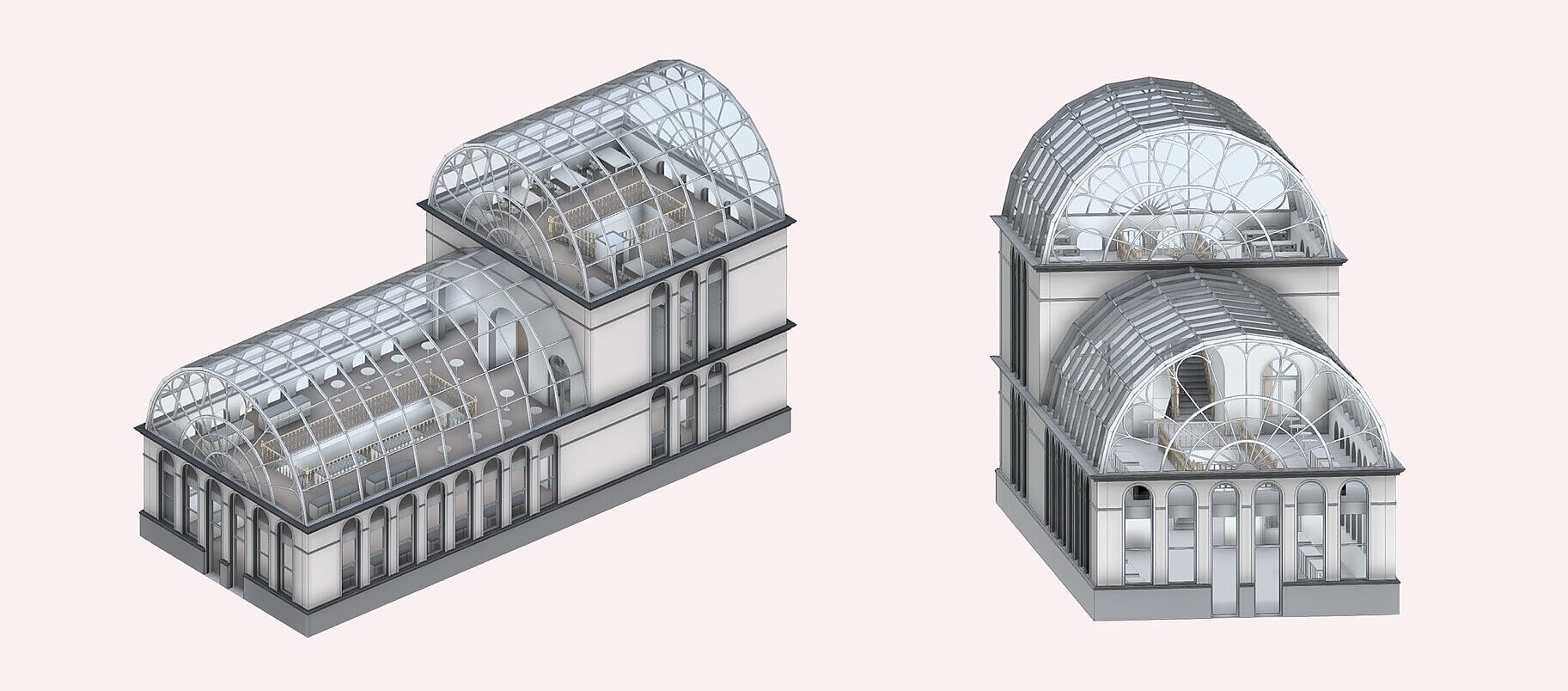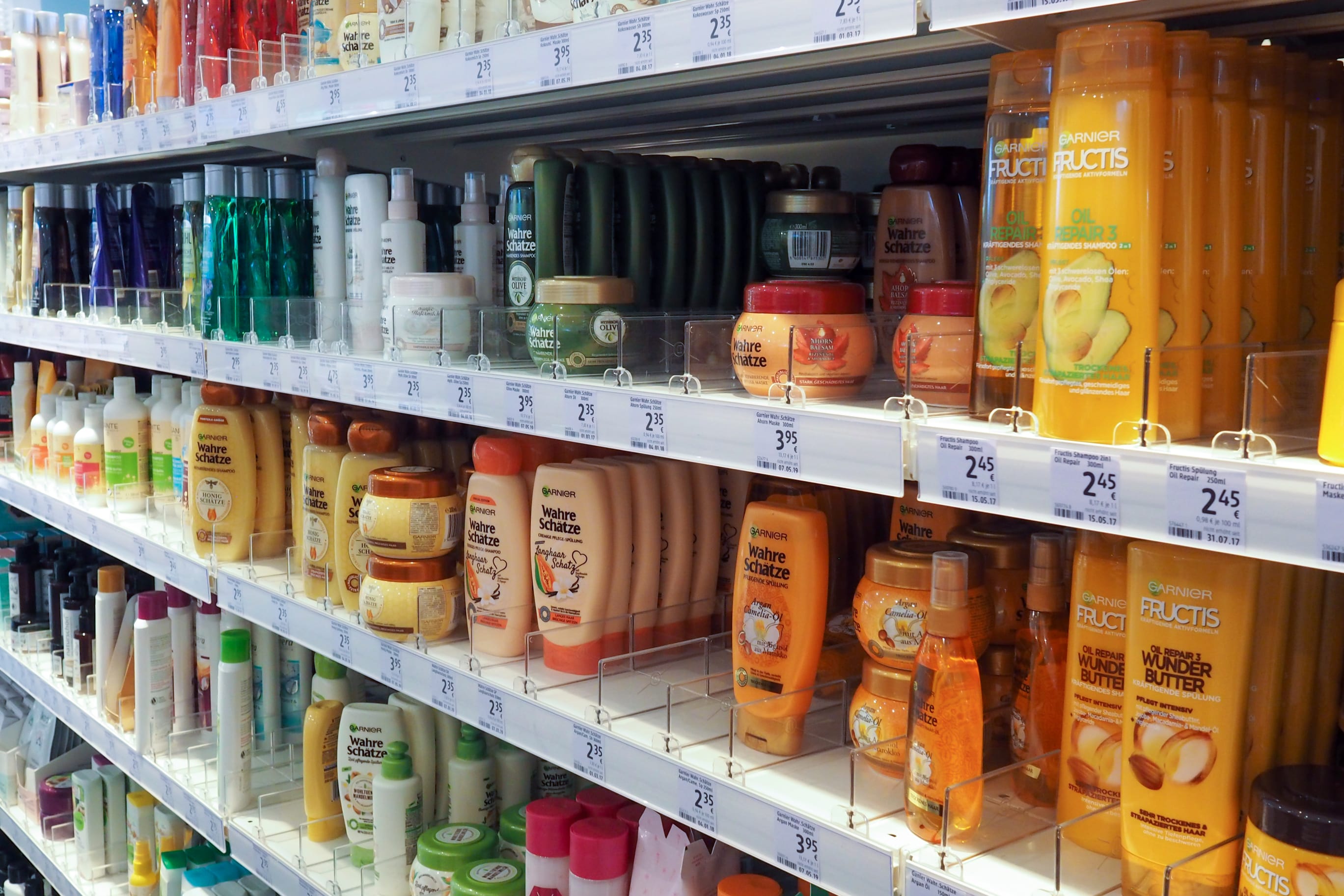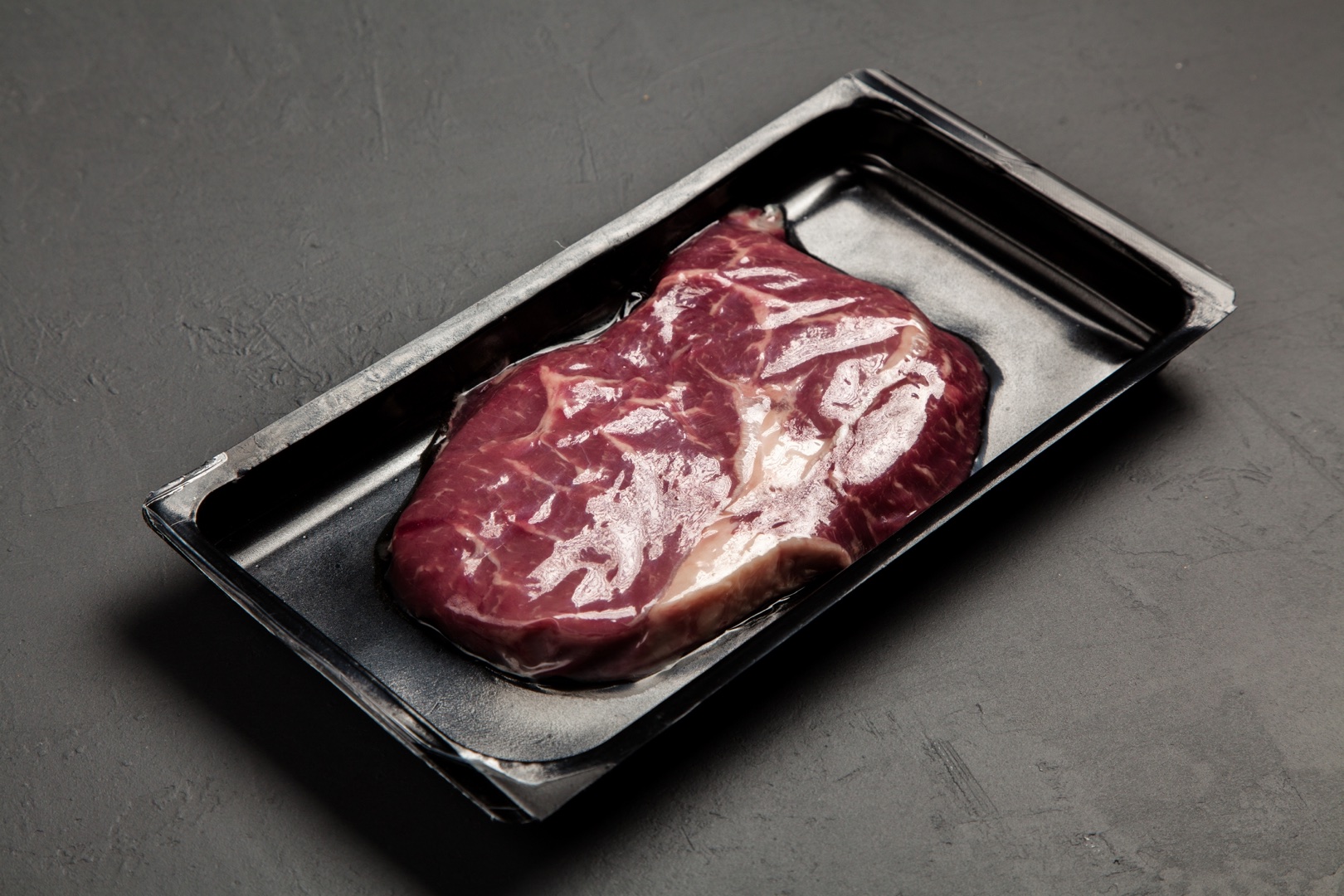Content: The solution to the packaging problem must combine different approaches - unpackaged, reusable and (ecologically immaculate) disposal
1.Products that do not necessarily require end-user packaging are left unpackaged.
2.Reusable glass and wafer-thin stainless steel packaging is used for all food and drugstore products for which it is suitable.
3.Residual materials from the processing of agricultural products are used for sustainable packaging - so that no new cultivation areas have to be created, but instead existing CO2 -binding plant residues are put to good use.
4.For many products, however, plastic packaging is necessary for reasons of hygiene and durability. On the Frankfurt Bridges, therefore, there is also plastic packaging, but its variety is reduced to input materials so that even in the event of disposal by incineration, the CO2 is released in the process in such a pure form that it can be collected with a standard filter and used as a manufacturing agent for further production processes.
